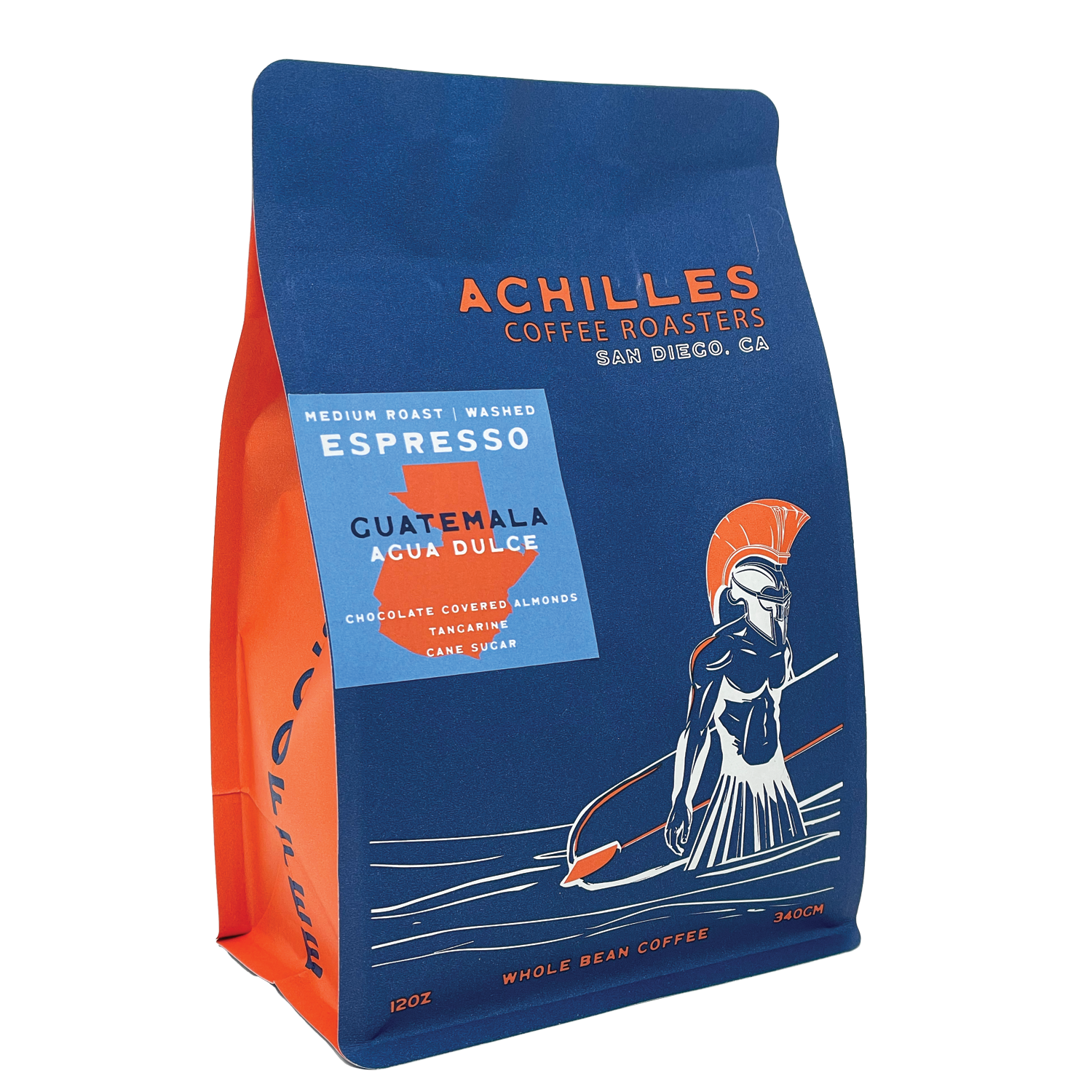What Makes SOE Single Origin Espresso Unique from Mixed Roasts
What Makes SOE Single Origin Espresso Unique from Mixed Roasts
Blog Article
Recognizing Coffee Beans: the Journey From Coffee to Blended Coffee Beans

The Beginnings of Coffee: A Global Point Of View
While you could consider coffee as a contemporary staple, its beginnings map back centuries, linking with cultures throughout the world. The tale begins in Ethiopia, where legend says a goat herder named Kaldi uncovered the invigorating results of coffee beans after seeing his goats frolicking vigorously after consuming them. This triggered interest, leading to coffee's spread to Arab investors that valued the brewed beverage. By the 15th century, it reached Persia, Egypt, and Turkey, where coffee shops became social centers for discussion and culture.
As profession routes broadened, coffee made its way to Europe in the 17th century, quickly gaining appeal. Each society included its one-of-a-kind twist to coffee preparation, enriching its history.
Growing and Harvesting of Coffee Beans
As coffee's trip advanced, the emphasis shifted to the growing and harvesting of certain bean ranges, especially those made use of for coffee. You'll find that espresso beans often come from Arabica or Robusta plants, each offering unique tastes. The perfect expanding conditions consist of high elevations and abundant, well-drained dirt, which enhance the beans' high quality.
Throughout the harvest, selecting techniques differ. In some regions, workers hand-pick ripe cherries, making sure only the most effective fruit goes to processing. In various other locations, mechanical harvesters are used, especially on bigger ranches. Timing is crucial; you want to harvest when the cherries get to peak perfection for maximum taste.
When harvested, the beans are prepared for handling, which is essential in determining their final taste. Understanding the growing and gathering processes gives you understanding right into what enters into your favored coffee, enhancing your recognition for each mug.
Handling Techniques: From Cherry to Bean
Since you've found out about collecting coffee beans, allow's explore how those cherries change right into the coffee beans you enjoy. You'll see just how different harvesting techniques influence flavor, complied with by the essential steps of fermentation and drying out. We'll break down the milling and grading procedure that establishes your coffee's high quality.
Harvesting Methods Explained
When it comes to coffee, comprehending harvesting strategies is vital, since they directly affect the taste and high quality of the beans you appreciate. There are two main methods: careful selecting and strip selecting. Selective choosing entails hand-picking only ripe cherries, guaranteeing you get the very best high quality beans. This approach often brings about a richer flavor profile, though it's even more labor-intensive. On the other hand, strip picking methods gathering all cherries simultaneously, regardless of perfection. While it's quicker and more affordable, this can lead to a mix of flavors, influencing the final item. Ultimately, the selection of harvesting method can considerably influence your coffee experience, so it's worth knowing just how those beans made it to your cup.
Fermentation and Drying Out
After gathering, the following steps in processing coffee beans play a substantial function in shaping their flavor. You'll find that fermentation is vital, as it helps damage down the mucilage bordering the beans, enhancing their taste account. Depending on the technique, this procedure can last from a few hours to a number of days, with varying results based on temperature level and humidity.
As soon as fermentation is total, drying out follows, which is equally important. You can pick from mechanical or sun-drying drying methods. Sun-drying permits the beans to take in flavors from the environment, while mechanical drying out assurances constant moisture degrees no matter of climate. Correct drying out is necessary to protect against mold and maintain the beans' top quality, eventually affecting your cup of coffee.
Milling and Grading Refine
As fermentation and drying out set the phase for taste advancement, the milling and grading process warranties that just the best coffee beans make it to your cup. This stage entails removing the outer layers of the coffee cherry, including the parchment and husk. High-grade beans receive a higher grade, resulting in a richer coffee experience.
Roasting Methods: Opening Taste Potential
When you roast coffee beans, the technique you pick can dramatically impact the flavor account. Comprehending the partnership in between time, temperature, and roasting methods is essential to exposing the potential of your mixture. Let's discover how these components integrated to produce the best cup.
Toasting Techniques Described
While you might think that all coffee toasting approaches produce the very same results, the fact is that each strategy reveals unique flavor capacities in the beans. You can pick between methods like drum roasting, air roasting, or perhaps typical frying pan roasting. Drum roasting uses a rotating drum to equally distribute warm, boosting caramelization and generating a balanced flavor. Air roasting, on the other hand, flows warm air around the beans, promoting a lighter roast with noticable acidity. Frying pan toasting enables hands-on control however calls for constant focus to avoid burning. Each method has its subtleties, so explore various strategies can help you discover the perfect roast that aligns with your taste choices. Take pleasure in the trip of discovering your ideal mug!

Influence On Flavor Profile
Various roasting techniques not just affect the process however additionally substantially affect the taste profile of the coffee beans. When you select a light roast, you'll experience intense acidity and floral notes, showcasing the bean's beginning. In contrast, a tool roast balances acidity with sweet taste, usually disclosing chocolatey undertones. Dark roasts, on the other hand, highlight strong, smoky tastes, often concealing the bean's distinct characteristics. Each technique discloses different oils and substances, resulting in a large range of tastes. By experimenting with numerous roasting designs, you can discover which accounts reverberate with your taste buds. Recognizing these nuances assists you value the virtuosity behind your mug of coffee, enhancing your overall experience with every sip.
Time and Temperature Level Aspects
To launch the full flavor potential of coffee beans, both time and temperature during the roasting process play significant roles. When toasting, you'll find that greater temperature levels can promptly develop tastes, but if you rush it, you may wind up with burnt notes. On the other hand, lower temperature levels enable for an extra gradual taste growth, showcasing the beans' unique attributes.

Timing is equally as important; extending the roast also long can bring about a loss of level of acidity and brightness, while too brief a roast may leave the beans underdeveloped. Finding that pleasant area calls for method and experimentation. By changing these factors, you can disclose the rich, intricate tastes hidden within each bean, producing a truly exceptional coffee experience.
The Art of Blending: Crafting Special Coffee Accounts

Beginning by selecting a base coffee that supplies a strong structure. Choose complementary beans to improve details taste notes. A brilliant Ethiopian bean can bring fruitiness, while a rich Brazilian coffee includes body. Trial and error is vital-- don't be afraid to change ratios up until you discover your ideal profile.
As check out here you mix, bear in mind that each combination narrates. You're not just making coffee; you're creating an experience. So, take your time, taste often, and enjoy the journey of finding your trademark mix.
Developing Approaches: Just How Prep Work Influences Taste
Mixing coffee opens up a domain of flavor possibilities, however exactly how you make that mix can substantially influence your last mug. Various developing methods extract distinct flavors and scents, so it's critical to choose carefully. As an example, a French press enables oils and sediments to stay, developing an abundant, robust experience. On the various other hand, a pour-over highlights the coffee's quality and illumination, best for showcasing fragile notes.
Espresso, with its high stress, creates a concentrated shot that accentuates sweet taste and crema. If you prefer a lighter mixture, take into consideration a chilly brew approach; it produces a smooth, less acidic taste.
Ultimately, testing is key. Adjusting variables like water temperature, grind size, and make time can transform your coffee's account. So, accept the art of developing to find the flavors hidden in your coffee blends. The right approach can elevate your experience to brand-new elevations.
The Future of Coffee: Sustainability and Development
As the coffee sector progresses, sustainability and development are becoming necessary for attending to environmental difficulties and meeting consumer demands. You'll notice that even more coffee companies are adopting environmentally friendly techniques, from sourcing beans morally to applying lasting farming methods. These shifts not only aid the earth but likewise enhance the top quality of the coffee you delight in.
You might see advancements like naturally degradable product packaging and water-saving brewing techniques that minimize waste. Advanced technology, such as blockchain, is additionally coming to be prominent, making certain transparency in the supply chain, which permits you to trace your coffee back to its origins.
In enhancement, purchasing neighborhood communities and sustaining farmers through fair trade initiatives fosters an extra lasting coffee community. As you drink your following mug, keep in mind that your options can add to a brighter future for coffee. By choosing for sustainable brands, you're not just delighting in a beverage; you're making a positive influence on the globe.
Often Asked Concerns
What Is the Distinction Between Arabica and Robusta Beans?
Arabica beans are smoother, sweeter, and have a higher level of acidity, while robusta beans are more powerful, much more bitter, and contain even more high levels of caffeine. You'll discover these differences in taste and scent when brewing your coffee.
Exactly How Does Altitude Affect Coffee Bean Flavor?
Altitude impacts coffee bean flavor significantly. Greater elevations create beans with brighter acidity and complex tastes, while reduced altitudes typically generate beans that are heavier and much less nuanced. You'll see these differences in your cup!
What Are the Health Benefits of Alcohol Consumption Coffee?
Drinking coffee can boost your power, enhance mental emphasis, and even boost physical performance. It's abundant in antioxidants, might reduce the danger of certain conditions, and can advertise a healthier metabolic rate when eaten in moderation.
Can Coffee Beans Be Recycled for Brewing?
Yes, you can reuse coffee beans for developing, however the taste may be weak. If you take pleasure in experimenting, attempt reusing them in various means, like chilly mixtures or contributing to shakes for an extra kick.
Exactly how Should I Shop Coffee Beans for Freshness?
To keep your coffee beans fresh, save them in a closed container in an awesome, dark location. Avoid subjecting them to dampness, heat, or light, as these variables can promptly deteriorate their flavor and fragrance.
Understanding Coffee Beans: the Journey From Coffee to Blended Coffee Beans.
Currently that you've found out concerning harvesting espresso beans, let's explore how those cherries transform into the coffee beans you love.When you roast coffee beans, the method you choose can dramatically impact the taste account - Single Origin Espresso.While you could assume from this source that all coffee toasting approaches generate the very same outcomes, the fact is that each strategy discloses one-of-a-kind taste possibilities in the beans.Various toasting approaches not just influence the process but likewise considerably influence the taste account of the coffee beans
Report this page